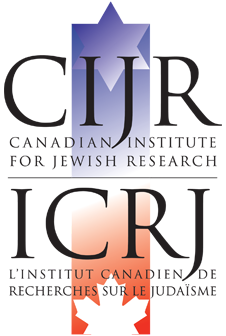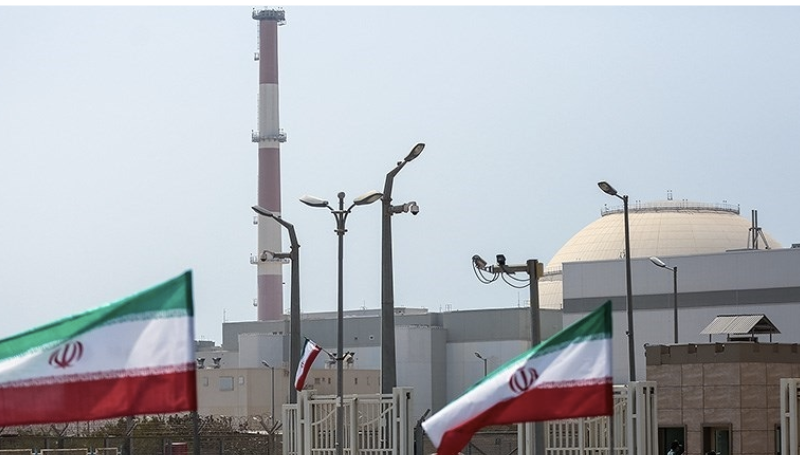Mardo Soghom
Iran International, Mar. 23, 2025
“It roughly said, I’m a president of peace. That’s what I want. There’s no reason for us to do this militarily. We should talk. We should clear up the misconceptions. We should create a verification program so that nobody worries about weaponization of your nuclear material.”
President Donald Trump has made one point clear: he is determined to prevent Iran from becoming a nuclear weapons power. However, he has yet to outline the specific conditions or steps he would require from Tehran to achieve that objective.
Will he demand a complete halt to uranium enrichment, or permit Iran to purify uranium to a low level, such as 3.65%? The JCPOA, signed during the Obama administration, set that exact limit.
Enrichment and centrifuges
Tehran is now rapidly enriching uranium to 60%, having accumulated 274.8 kilograms (605.8 pounds) of uranium enriched up to 60% as of February 26. That’s an increase of 92.5 kilograms (203.9 pounds) since the IAEA’s last report in November. The current stockpile can easily be sufficient for further enrichment to produce six nuclear bombs.
Iran maintains that it has the right to enrich uranium as part of its civilian nuclear ambitions. While 3.65% enrichment is used for peaceful energy purposes, 60% has no credible civilian application and is just one step short of weapons-grade enrichment at 90%.
A closely related issue is the number and type of enrichment machines—Iran’s centrifuges. Under the JCPOA, Iran was limited to 6,104 first-generation centrifuges, with no use of advanced models. Today, it operates more than 8,000 centrifuges, including more advanced IR-6 machines, which were explicitly banned under the deal. …SOURCE


